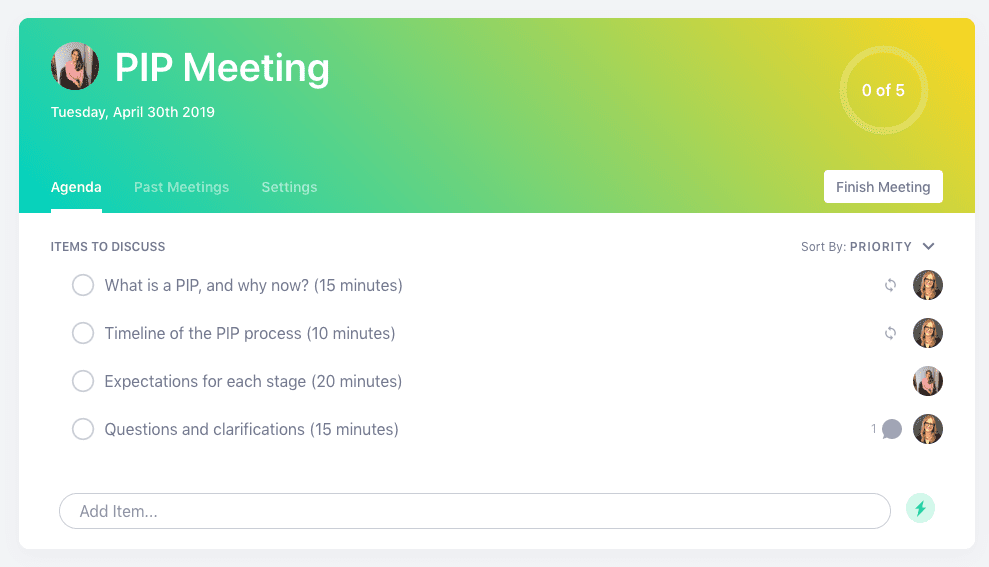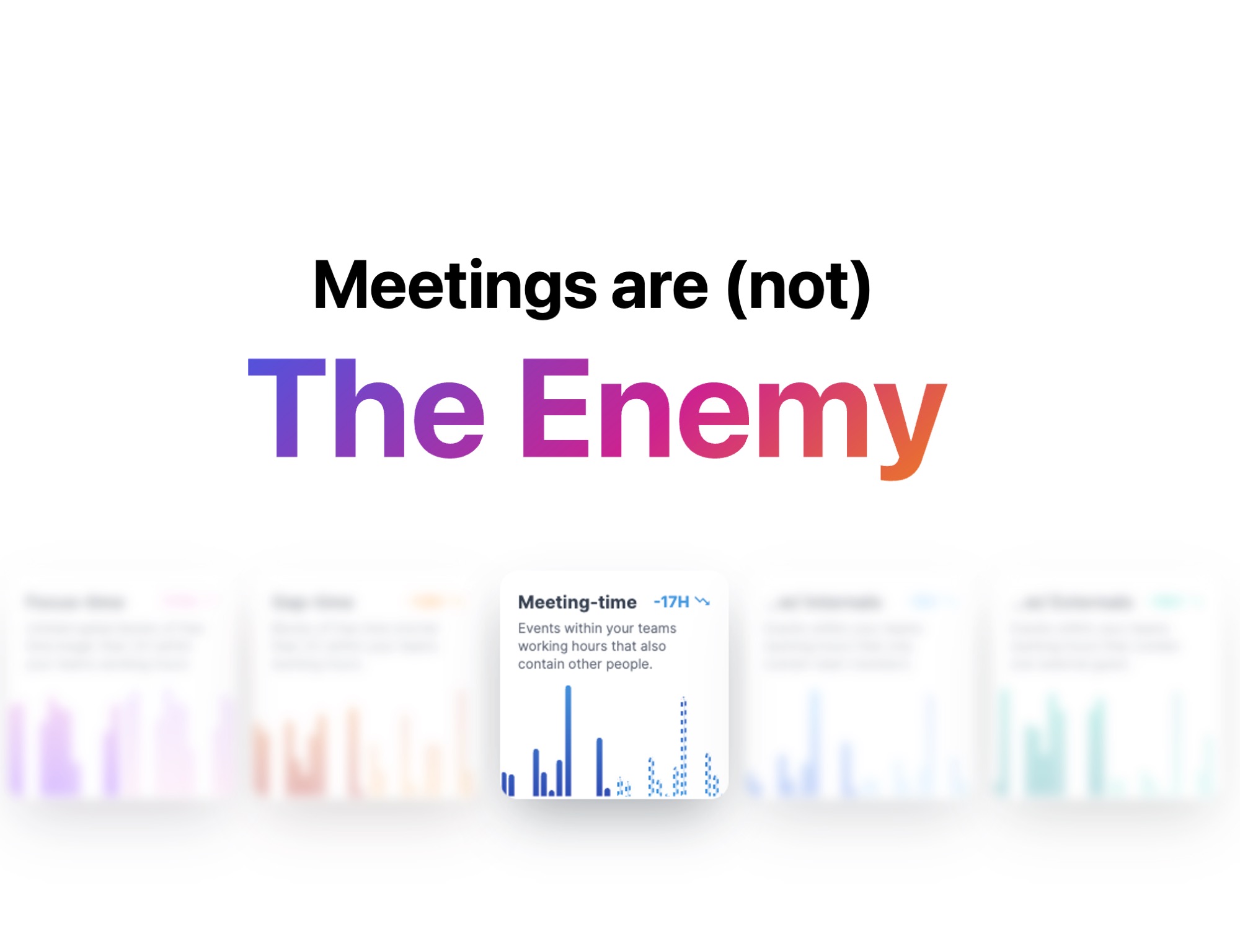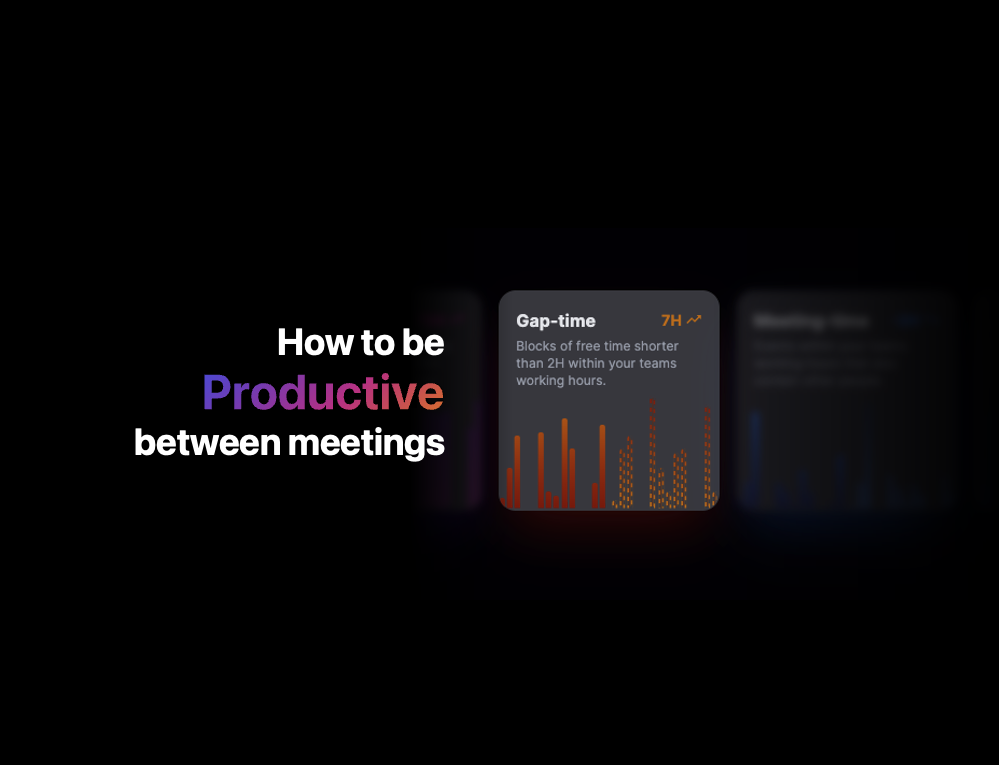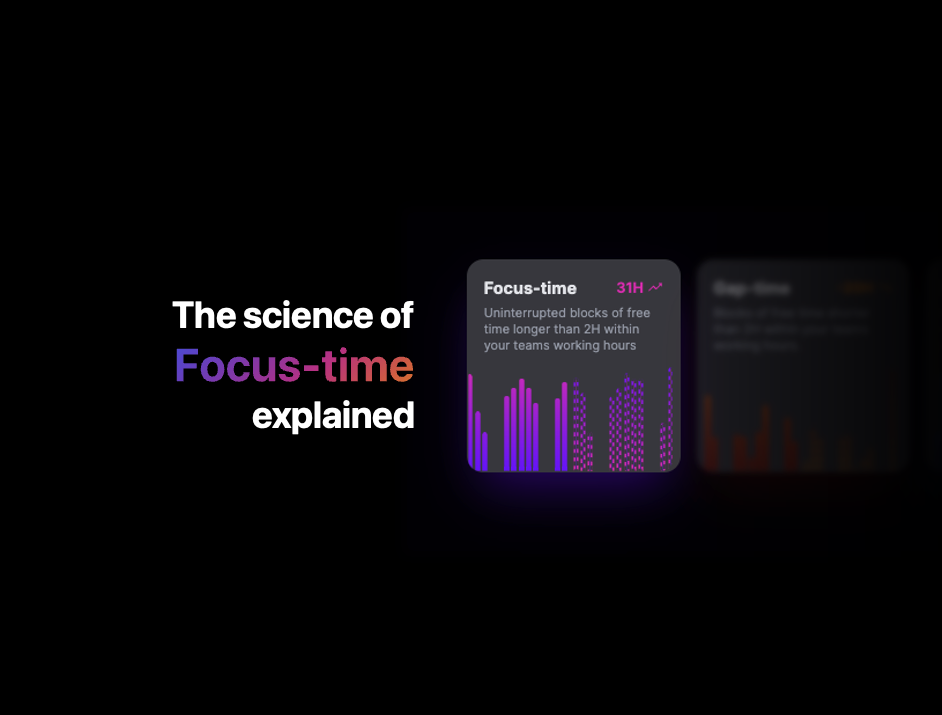
No manager wants to schedule a performance improvement plan meeting with one of their team members. Creating a performance improvement plan (PIP) is stressful for both manager and employee, and the meeting is often filled with apprehension and worry – and the worst part is, they’re not always successful.
If you are faced with creating a PIP, the single most important thing to do is to clearly communicate the PIP process every step of the way. This agenda template will help you kick off the PIP process, and ensure you and your employee start the plan on the right foot.
Here are four items to include on your performance improvement plan meeting agenda.
Click here to jump to the Hypercontext PIP meeting agenda template!
1. What is a PIP, and why now? (15 minutes)
So often, when serious conversations are taking place, the tendency is to get right into the weeds immediately talking about details and deliverables. With a PIP meeting, however, it’s really important to zoom out a little and make sure your employee fully understands what a performance plan is (and why they’re on it).
Use this time to explain what it means to be on a PIP, and the difference between the PIP process versus being given constructive feedback (for example, this is the result of continued performance issues and has a required result versus being a stand-alone piece of feedback).
Also, sharing the specific incidents or behaviours that have led to the PIP is extremely important. If someone doesn’t fully understand what caused them to be where they are, they have no hope of improving.
2. Timeline of the PIP process (10 minutes)
Share the official start and end dates of the PIP with your employee and explain the reasoning behind them (for example, why six weeks and not eight weeks?). You’ll also want to explain the milestones along the way, and check-in points they need to be aware of.
Once you’ve shared that outline, pause and ask for their thoughts on the plan so far. The PIP should be a collaborative process. If you emphasize that, you’re immediately increasing the chance of success and engagement with the PIP. Give your employee the chance to help shape and own the PIP process, and in turn feel able to take more control over their own success.
3. Expectations for each stage (20 minutes)
Knowing and understanding when the check-in points will happen is one thing – but really understanding and knowing what the expectations are for each stage is a whole other ball game.
As the manager, it’s your job to figure out what the expectations are, and why they’re necessary. It should be open to discussion, but you’ll want to come into the PIP meeting with these expectations 99% complete. Be sure to also cover what will actually happen if an expectation is missed at any of these stages.
4. Questions and clarifications (15 minutes)
The PIP process in general is scary. But the details all laid out in black-and-white (including the potential negative outcomes) are extra scary.
With that in mind, leave a significant amount of time at the end for questions. Squeezing in a quick “any questions?” at the end simply won’t cut it here. You might even want to schedule a quick 15-minute check-in the next day to ensure no new questions or concerns have arisen. After all, absorbing all the information shared and letting it mentally marinade takes time.
A PIP process is never an easy one but with this PIP meeting agenda template, you and your employee will be off to a great start!
Your Hypercontext PIP meeting agenda template👇



